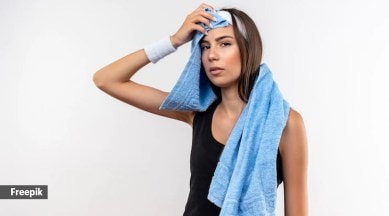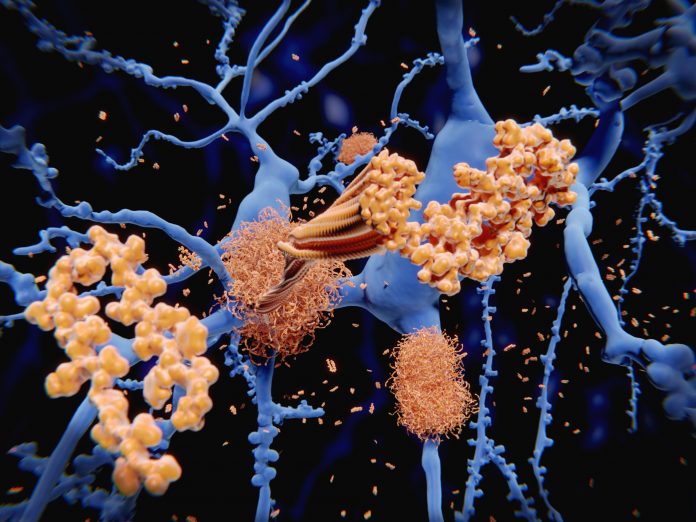Excessive sweating may be due to underlying conditions, so your healthcare provider may recommend a few tests to help identify the cause
We all perspire, but people diagnosed with hyperhidrosis experience abnormally excessive sweating. Also, it must be noted that such increased sweating happens — especially in areas like underarms, face, neck, back, groin, feet, and hands — even when the person is not engaged in tasks that require muscular effort or are exposed to heat.
You have exhausted your
monthly limit of free stories.
To continue reading,
simply register or sign in
Subscribe to read on
Select your plan
All-Access
Access to premium stories
Digital Only
Access to premium stories
This premium article is free for now.
Register to continue reading this story.
This content is exclusive for our subscribers.
Subscribe to get unlimited access to The Indian Express exclusive and premium stories.
This content is exclusive for our subscribers.
Subscribe now to get unlimited access to The Indian Express exclusive and premium stories.
Explaining the same, Dr Rajesh Kumar, Senior Consultant, Internal Medicine, Paras Health, Gurugram said, “There are two types of hyperhidrosis — generalised or localised to specific parts of the body. When excessive sweating is localised, it is known as primary or focal hyperhidrosis, while excessive sweating that involves the whole body is termed as generalised or secondary hyperhidrosis, and is usually a result of an underlying condition.”
Causes of hyperhidrosis
In hyperhidrosis, your body’s sweat glands overreact, which causes you to sweat a lot, often at places where others would not. “Sometimes, a medical condition such as anxiety can also trigger excessive sweating. The most commonly observed symptoms include wet palms, wet soles, sweating frequently, and sweating that soaks through clothing. Excessive sweating may also lead to itching or inflammation in affected areas, body odour, and skin discolouration,” Dr Kumar told indianexpress.com.
Although a benign condition, hyperhidrosis can deteriorate the quality of life due to its psychological and emotional underpinnings. Heavy sweating can disrupt your day and cause social anxiety and embarrassment.
Diagnosis of hyperhidrosis
Excessive sweating may be due to underlying conditions, so your healthcare provider may recommend a few tests to help identify the cause. These tests include:
*Starch-iodine test: Your provider applies an iodine solution to the affected area and sprinkle starch over it. The solution turns dark blue upon excessive sweating.
*Paper test: Your provider places special paper on the area to absorb sweat. Later, they weigh the paper to determine how much you sweated.
Treatment
According to the expert, there is no cure for focal hyperhidrosis and the treatment is centred around reducing the symptoms. Secondary hyperhidrosis can be treated if underlying problem is alleviated.
The provider may recommend lifestyle changes or medications such as:
*Showering more often or wearing breathable fabrics
*Antiperspirants to seal up sweat glands
*Oral medications
*Clinical-grade cloth wipes
*Botox injections
Concluding, Dr Kumar said, “You should consult a healthcare provider if sweating negativity impacts your life, causes you to avoid activities, worsens over time or happens overnight while you sleep.”
📣 For more lifestyle news, follow us on Instagram | Twitter | Facebook and don’t miss out on the latest updates!
© IE Online Media Services Pvt Ltd
First published on: 16-05-2023 at 19:00 IST











